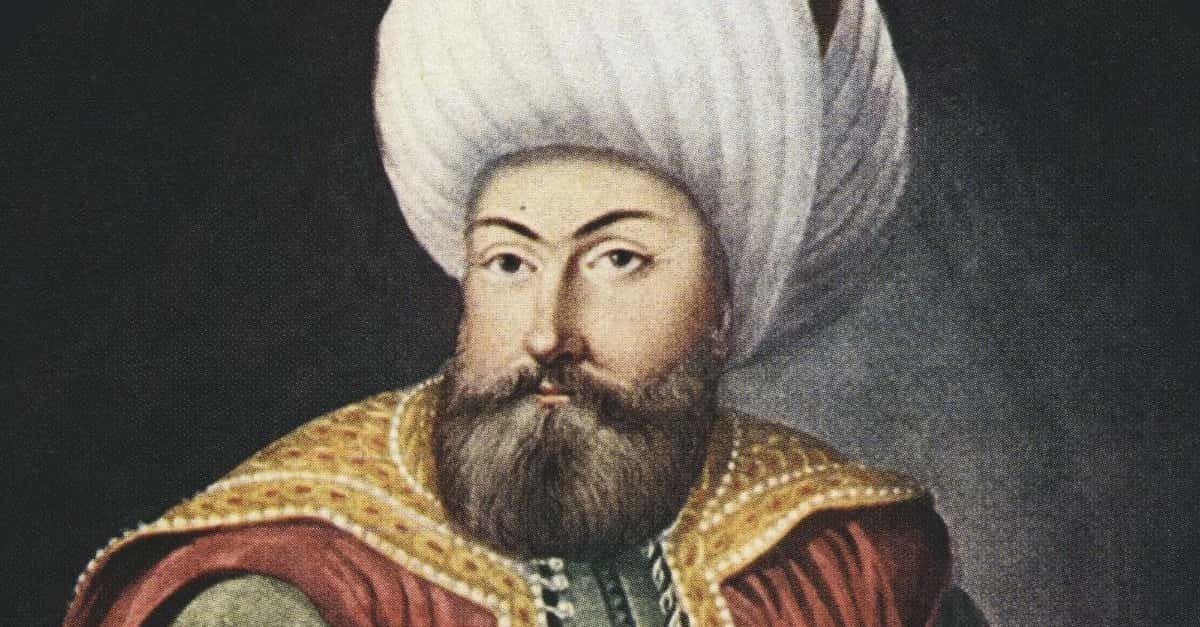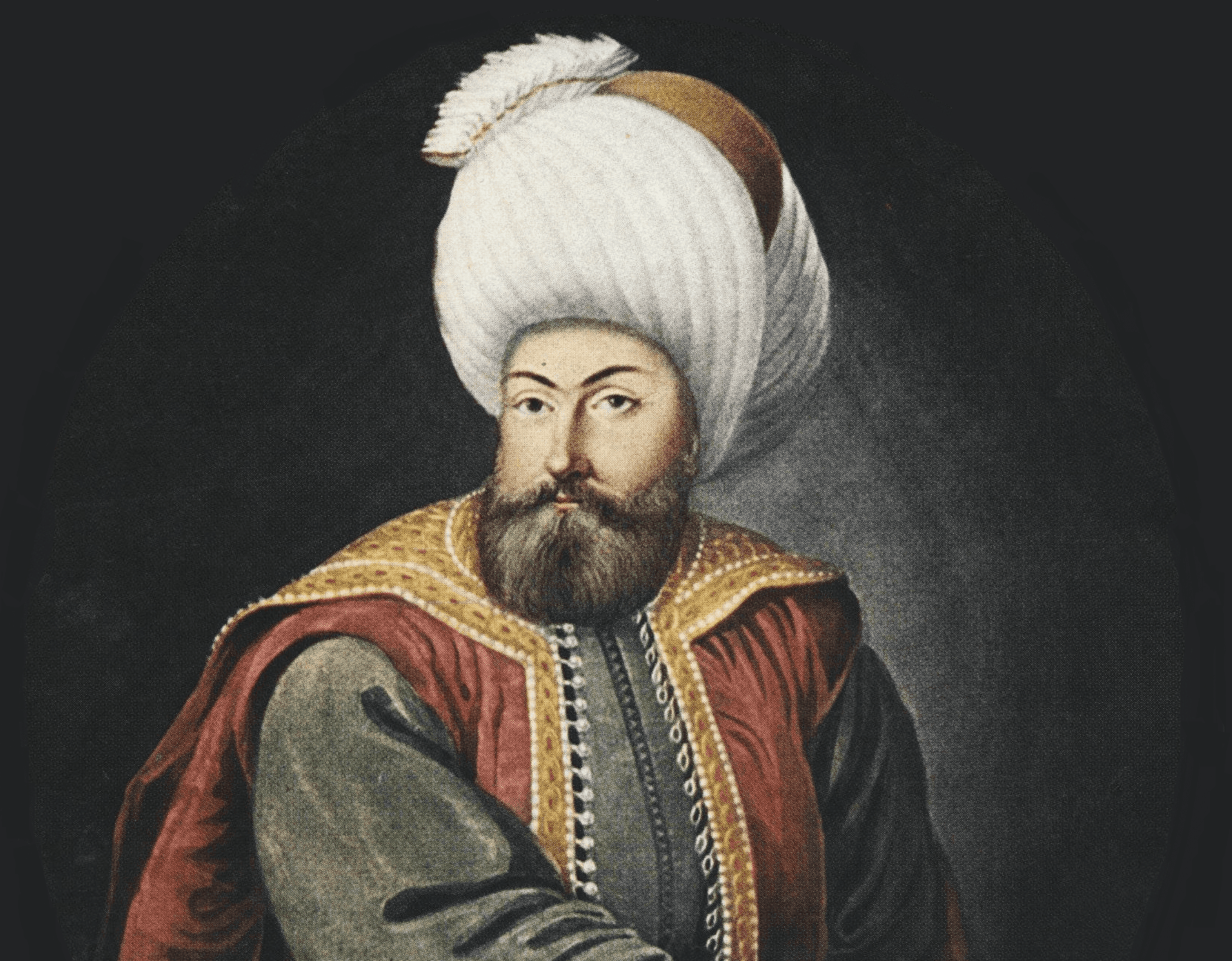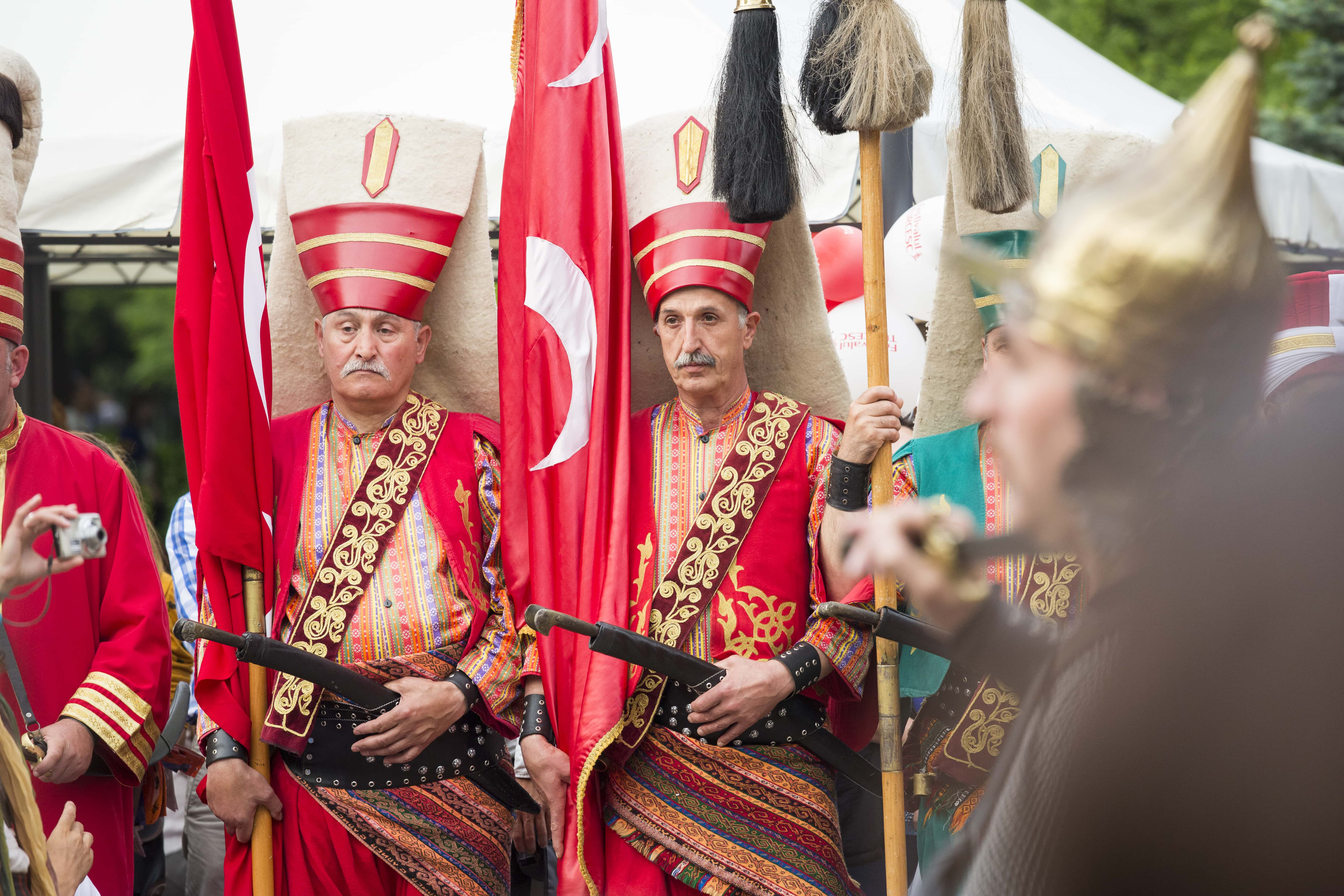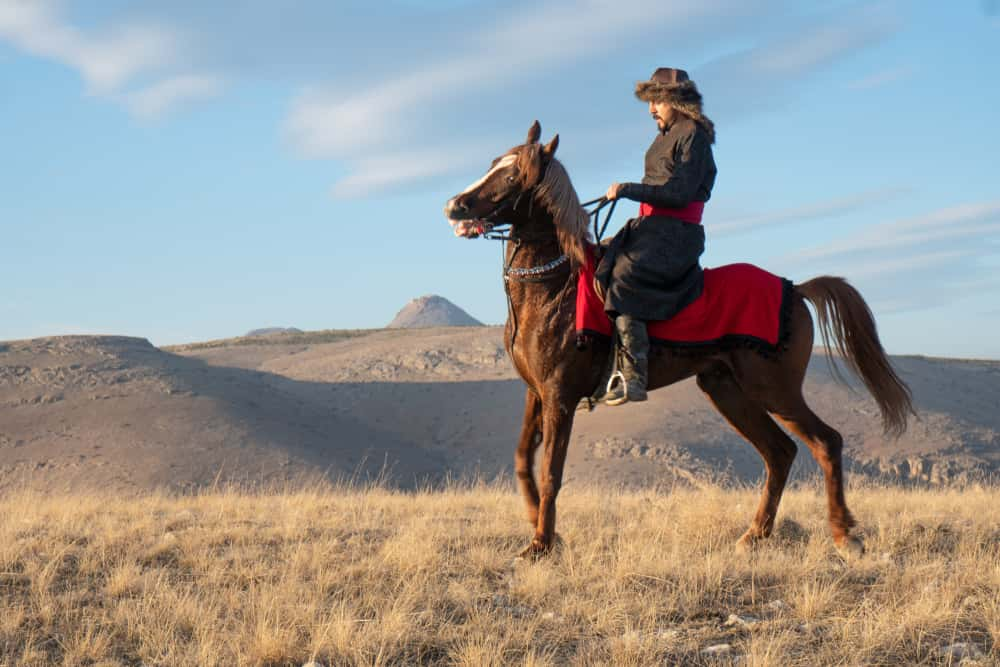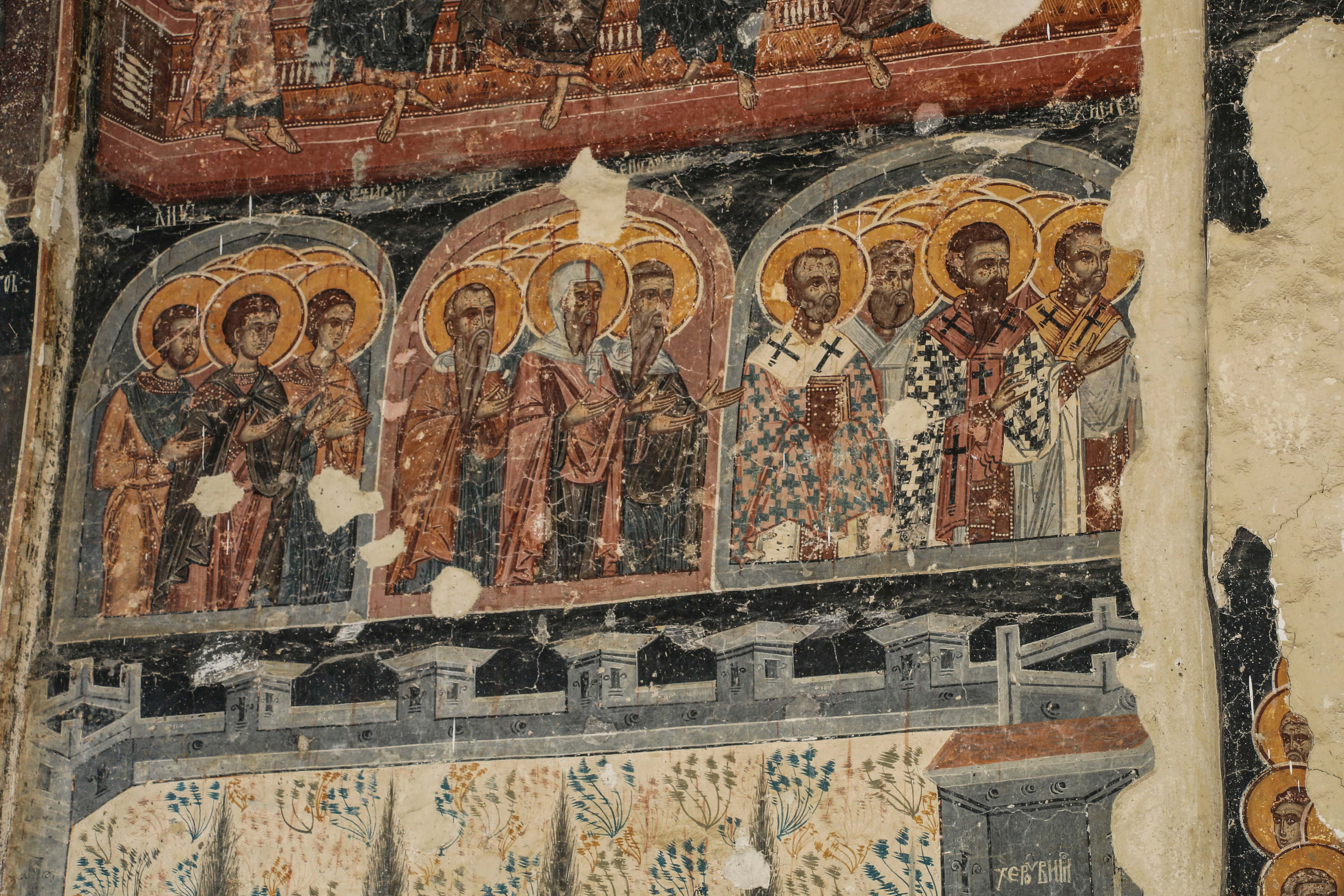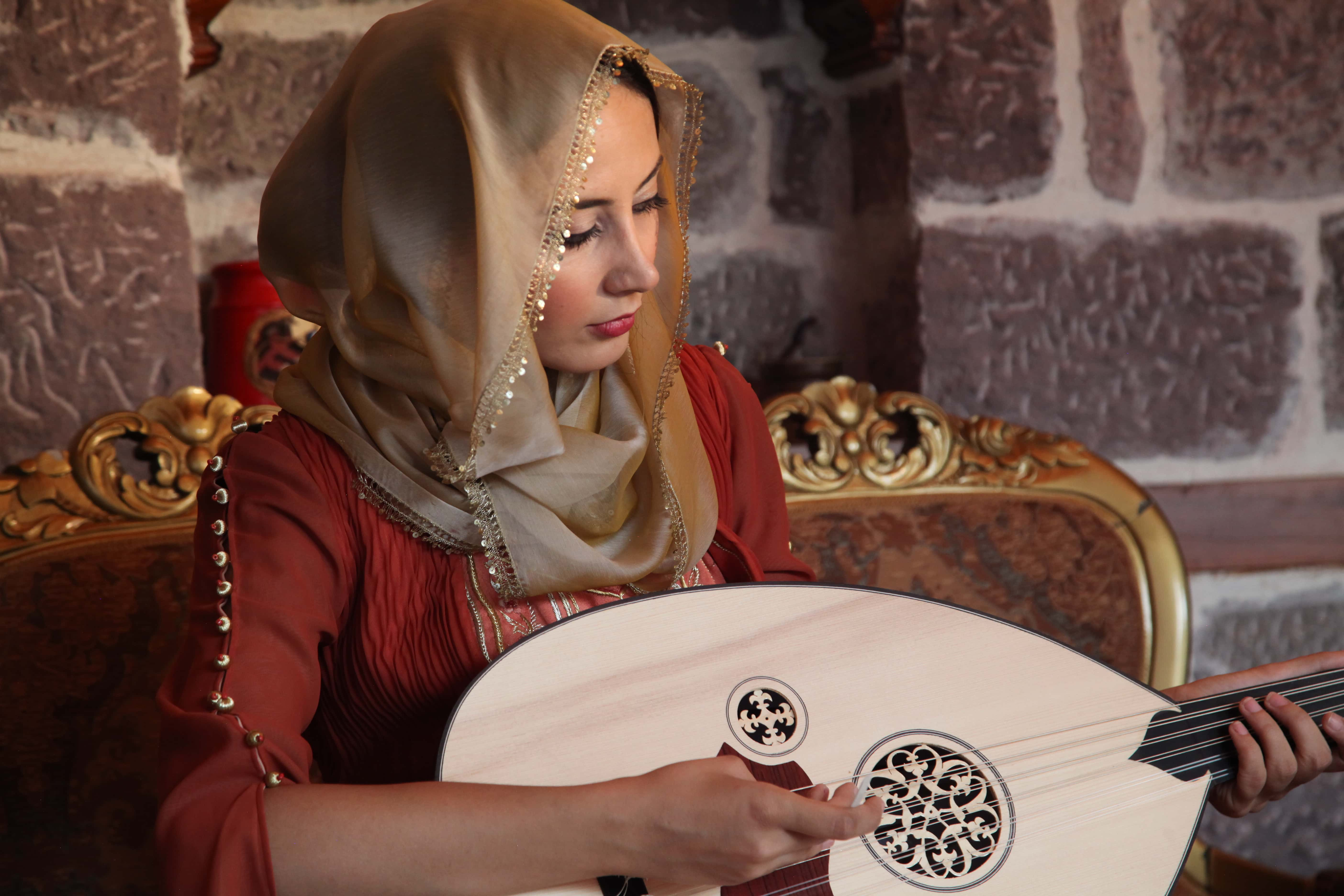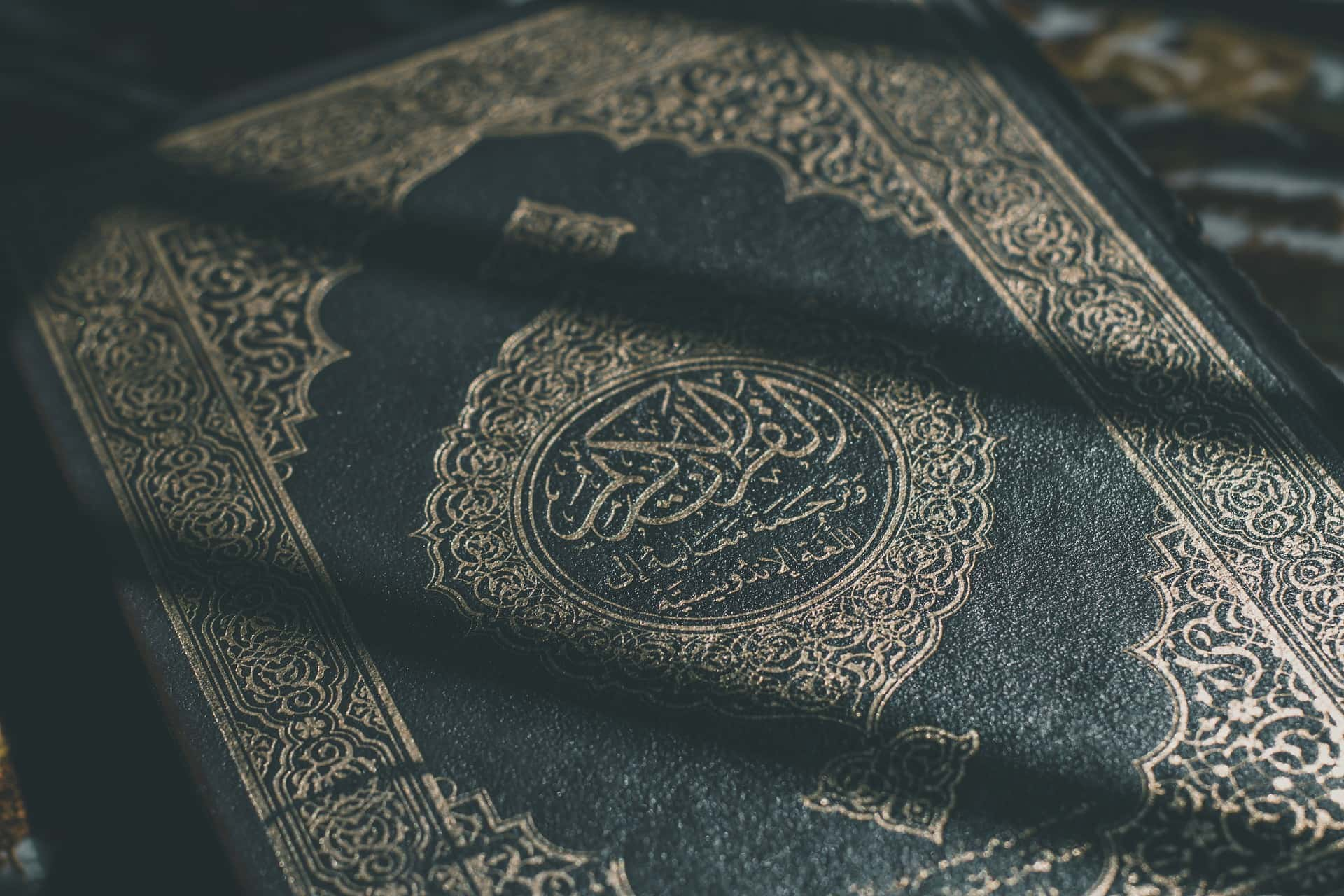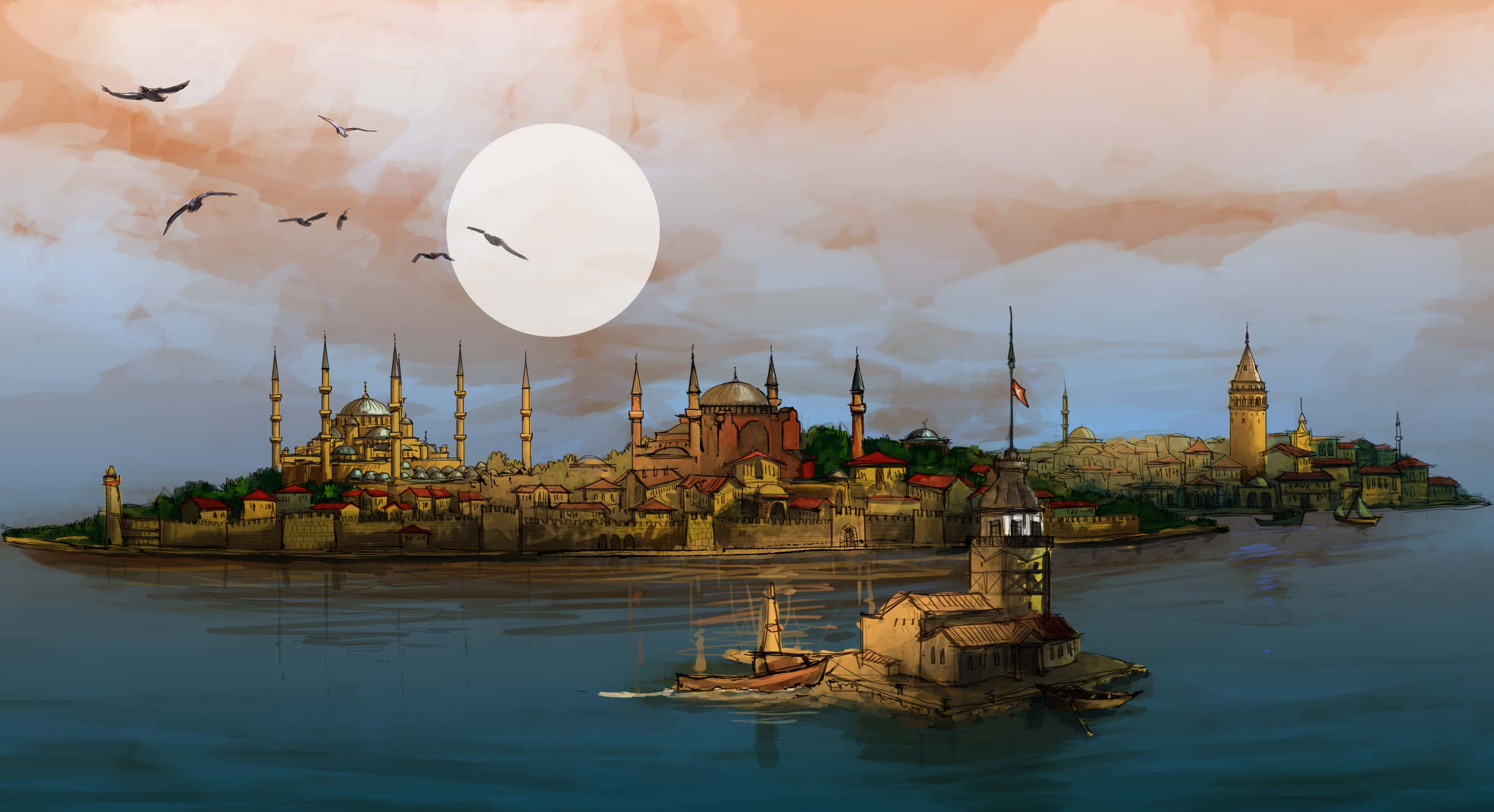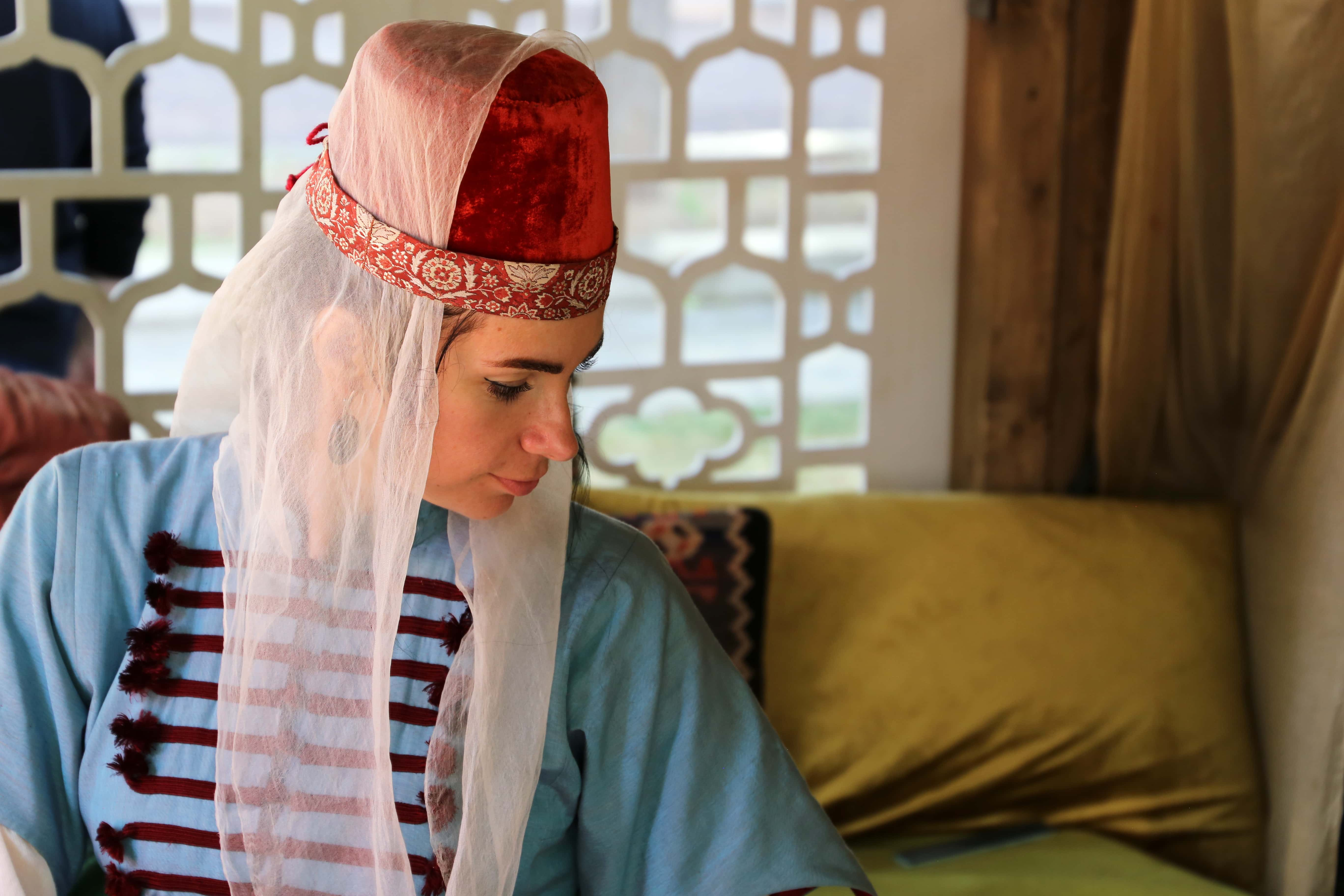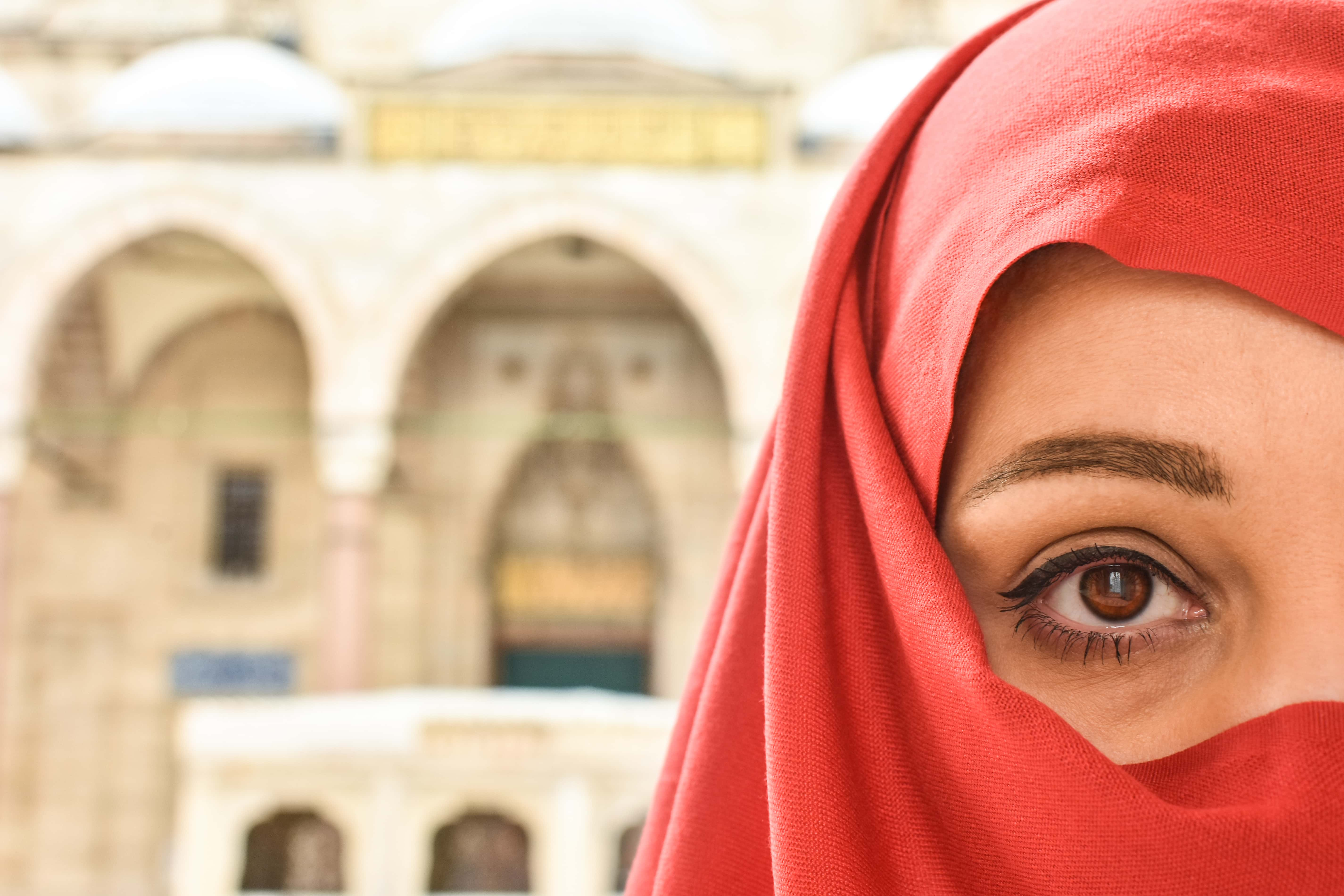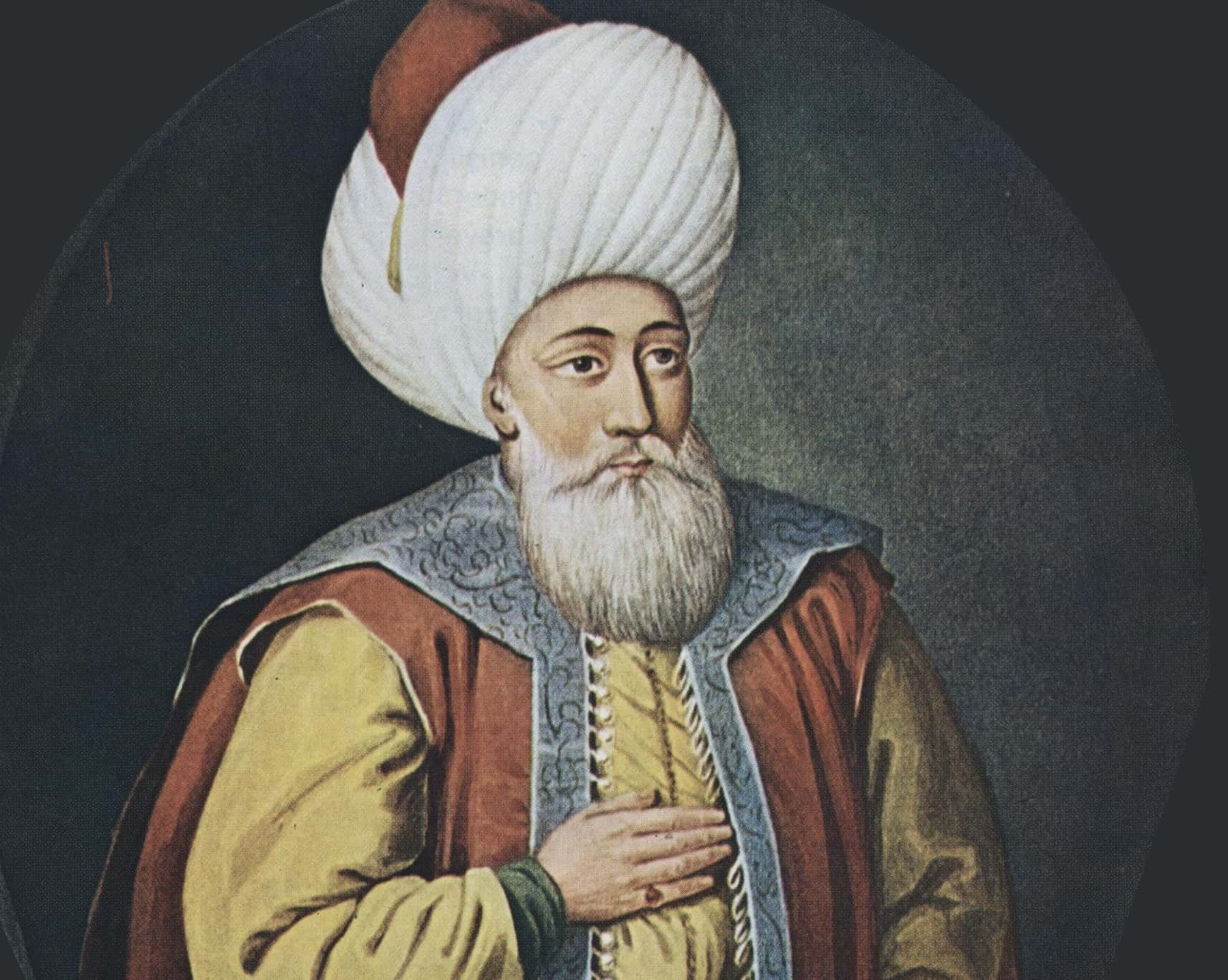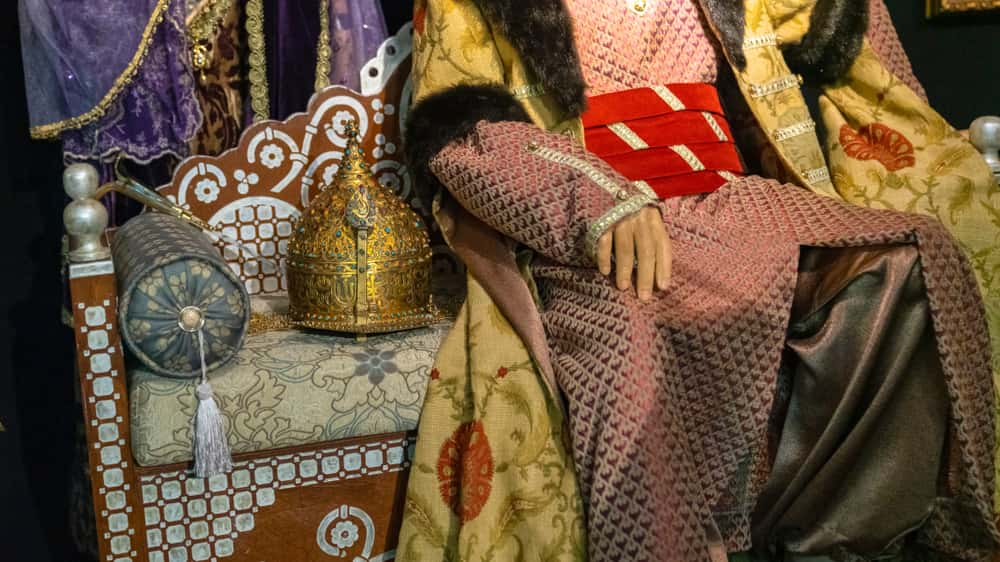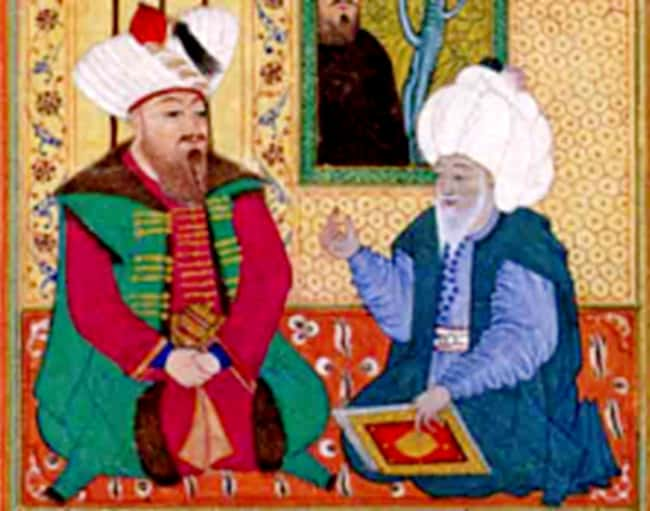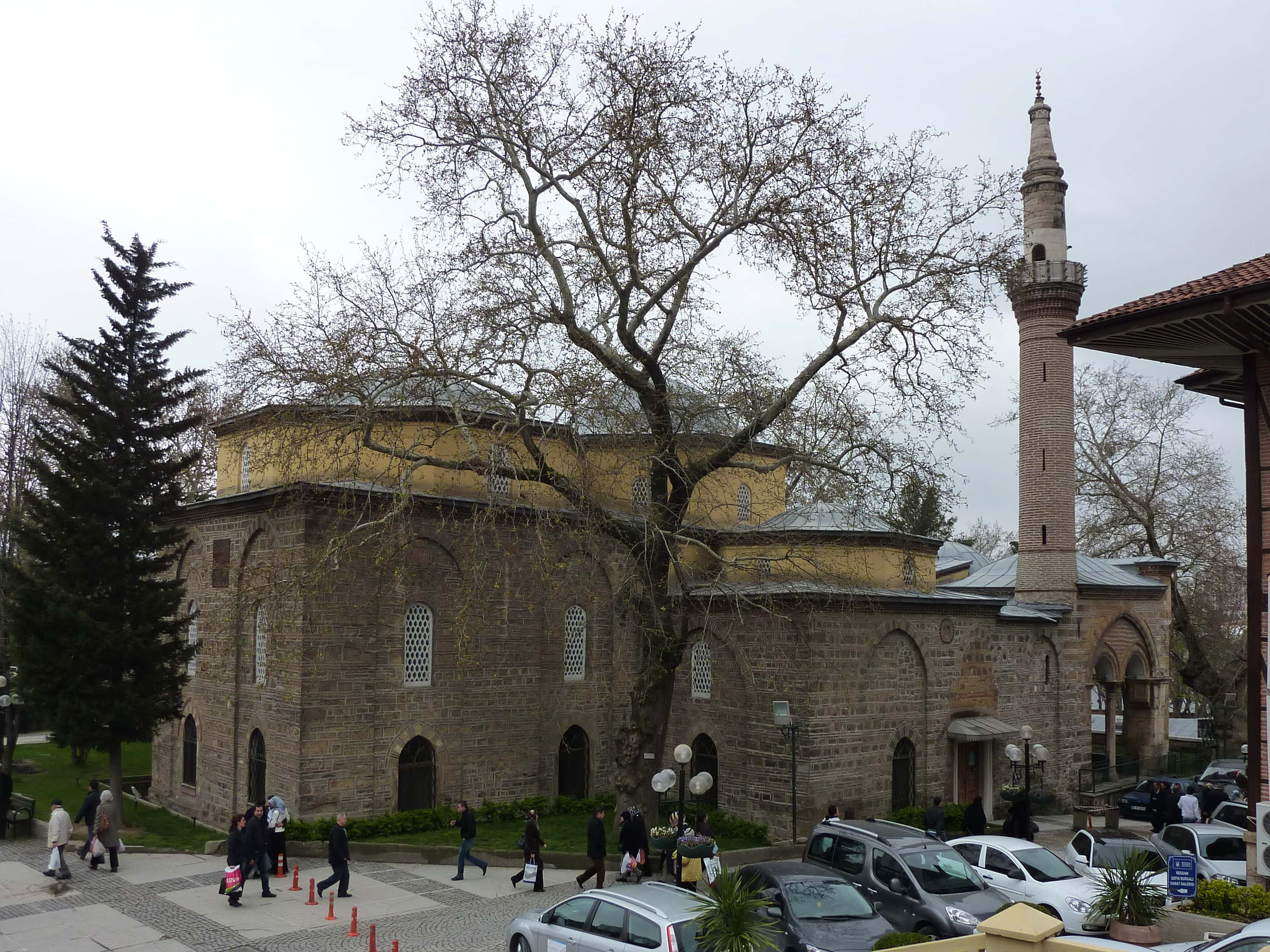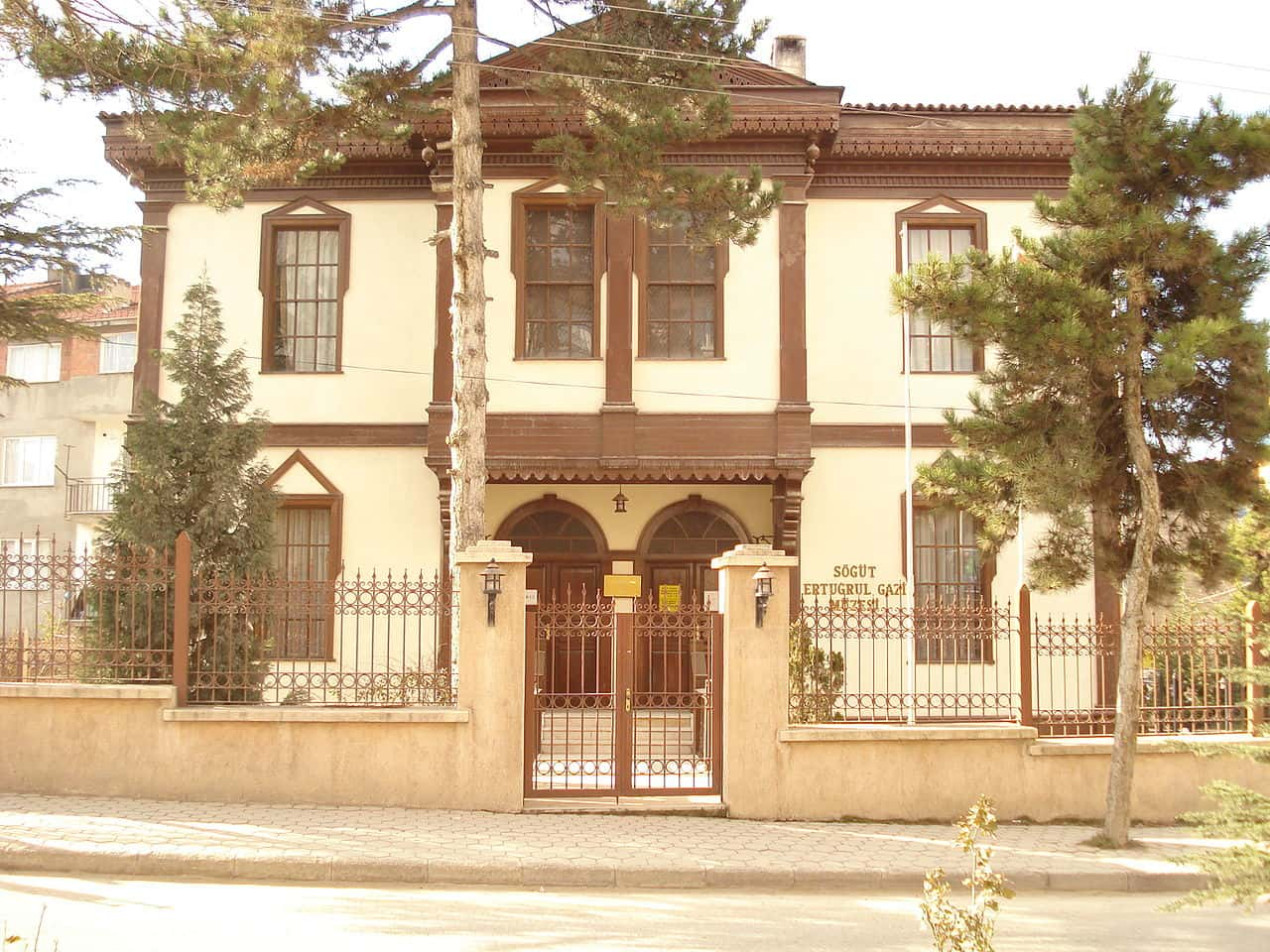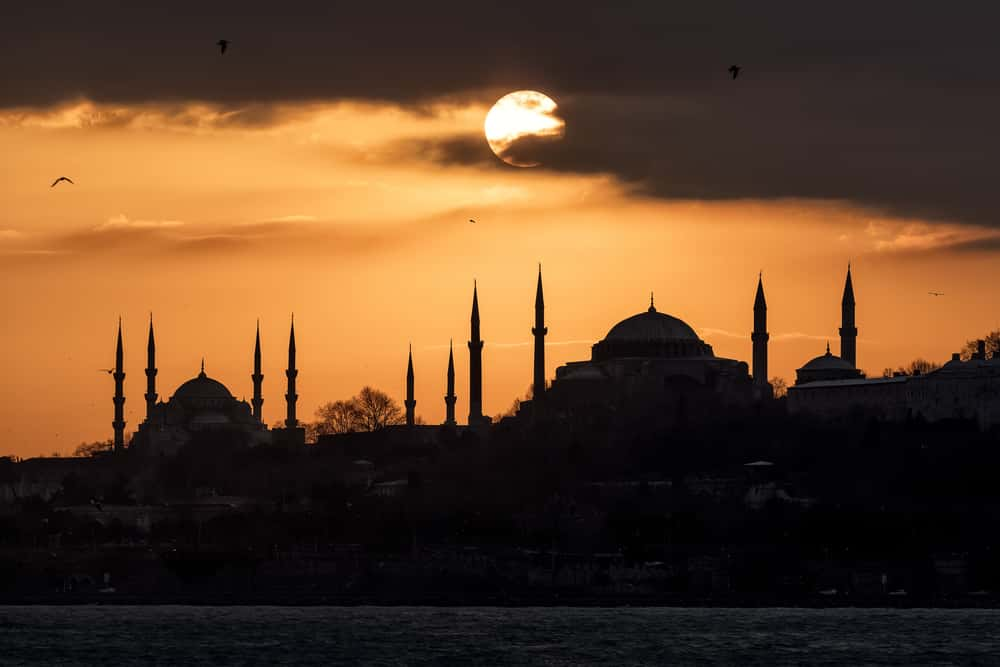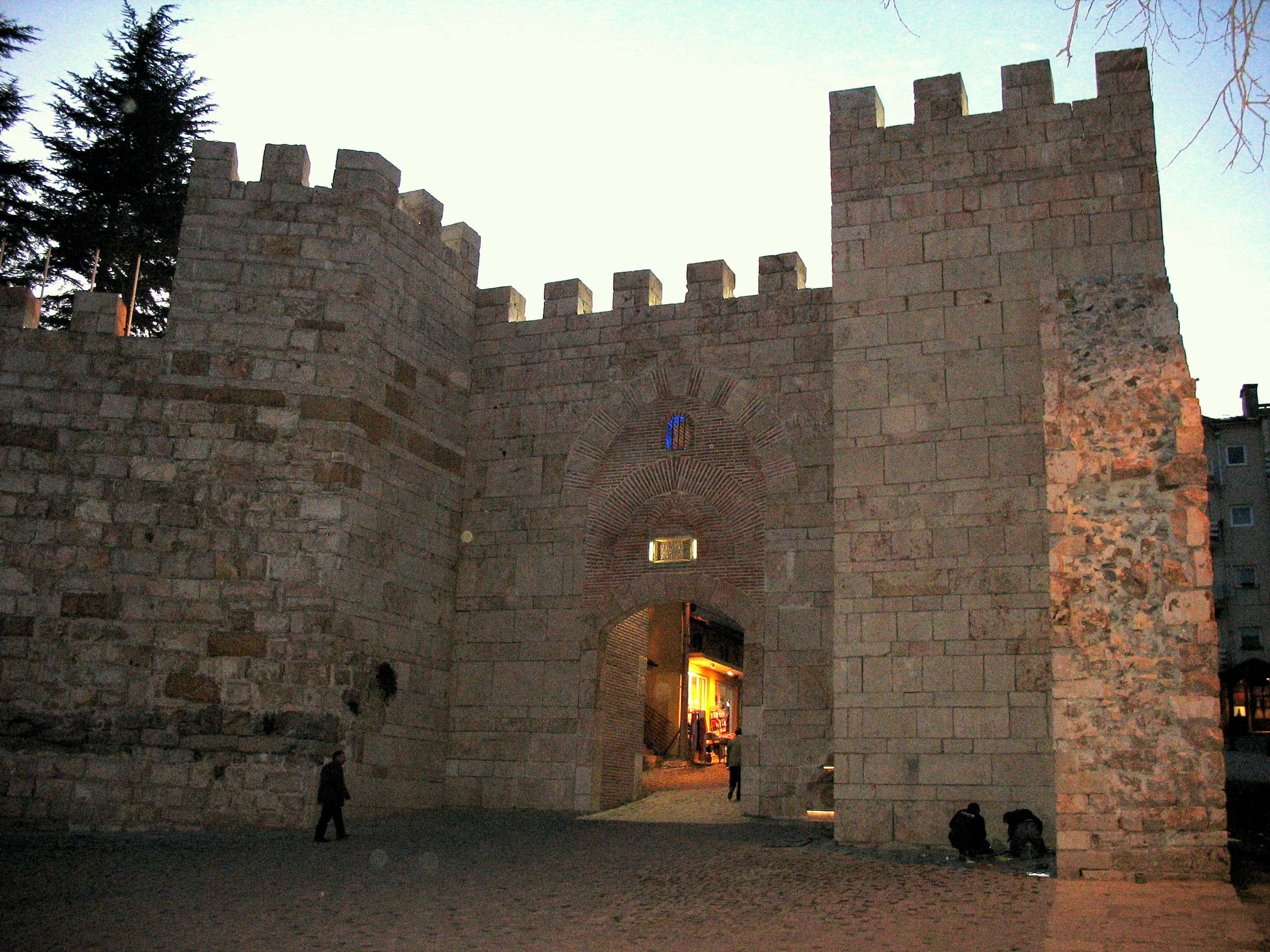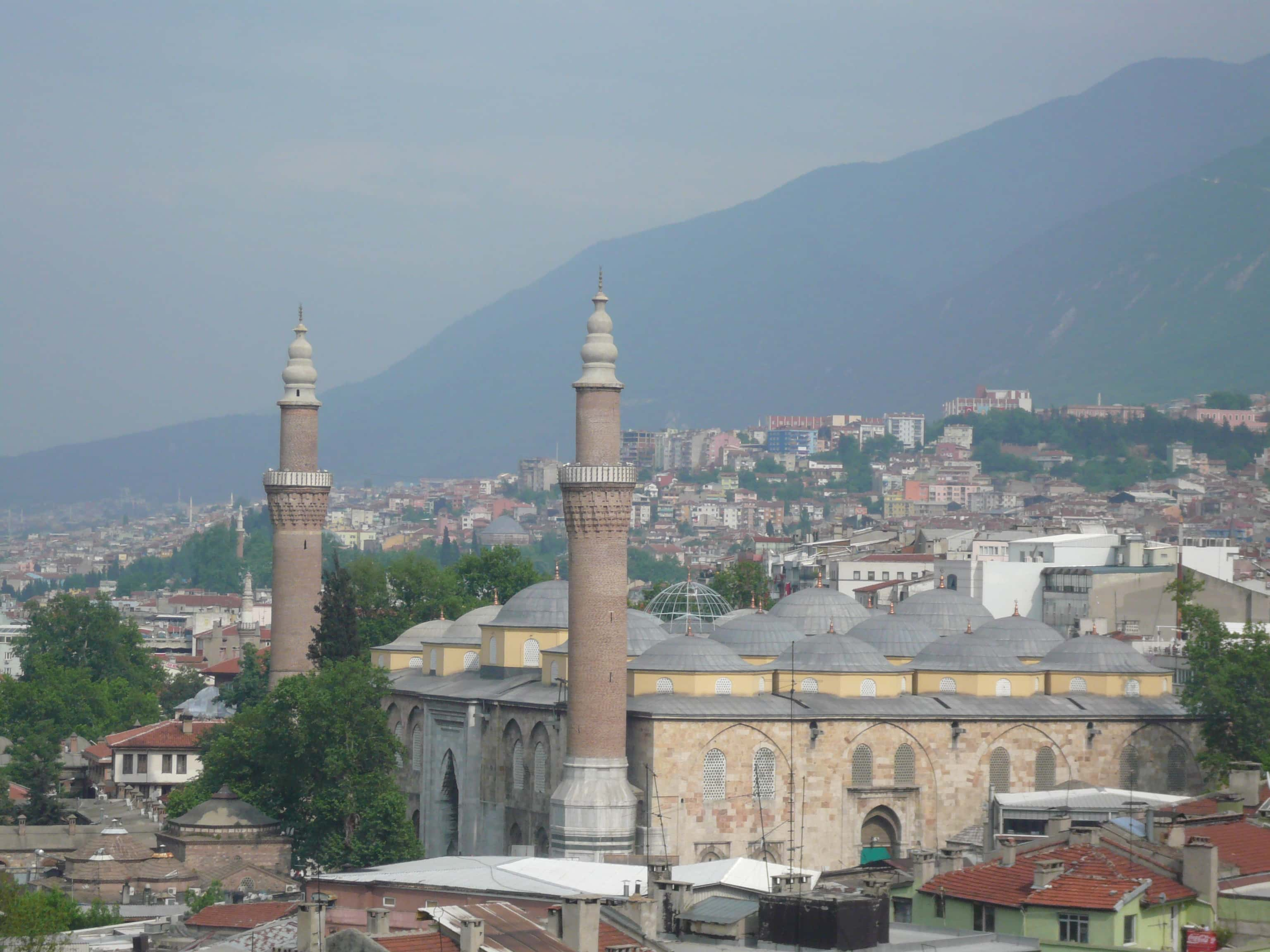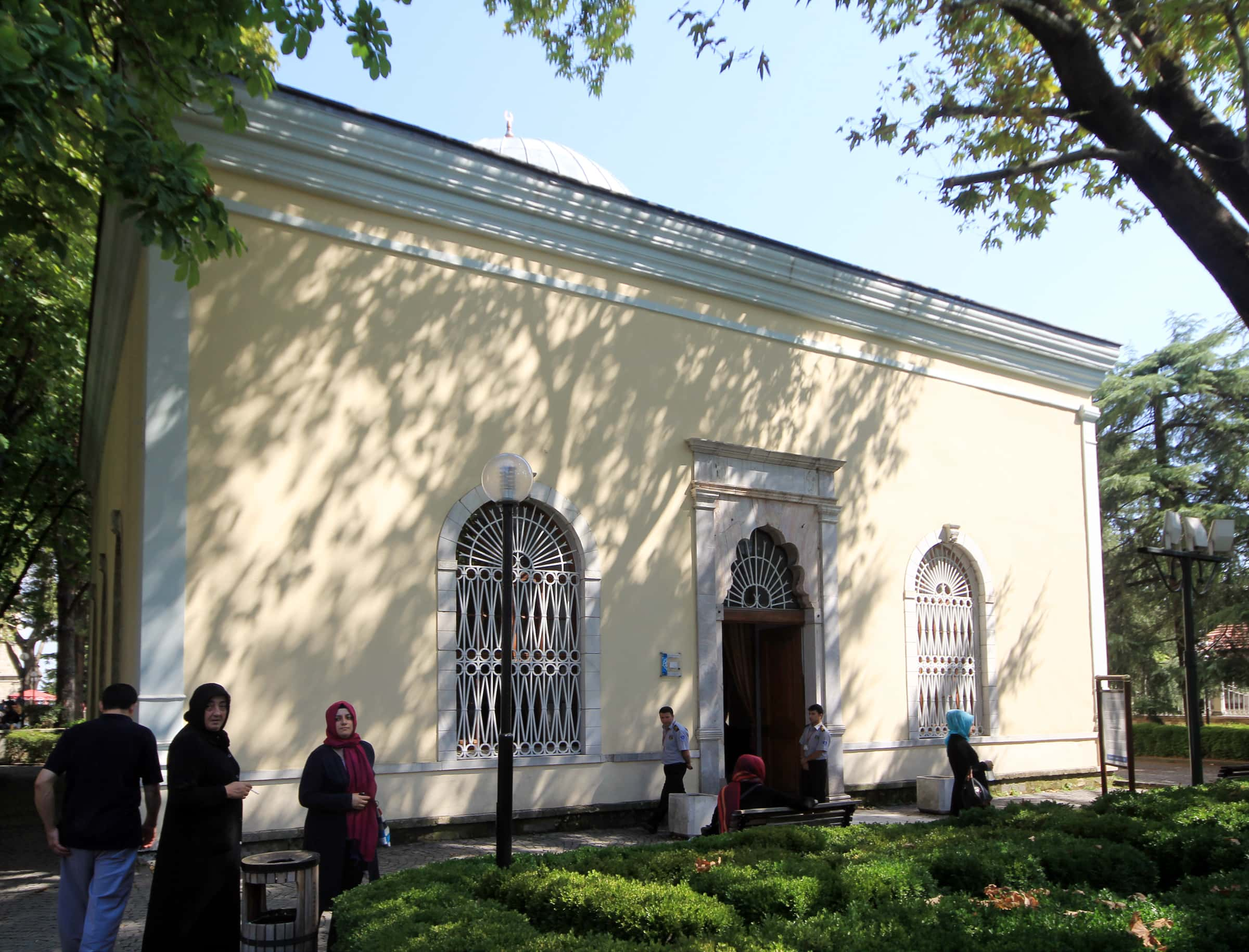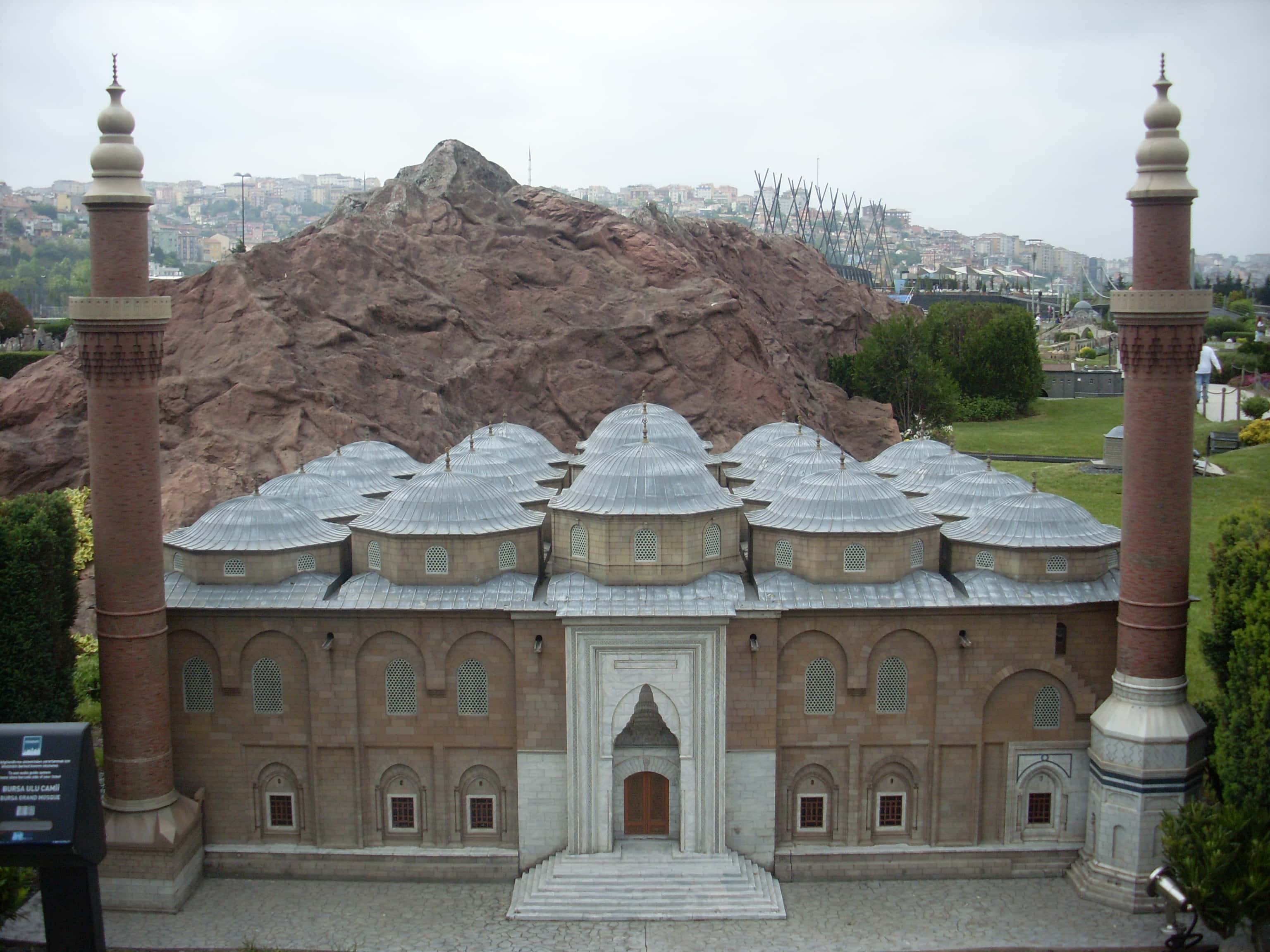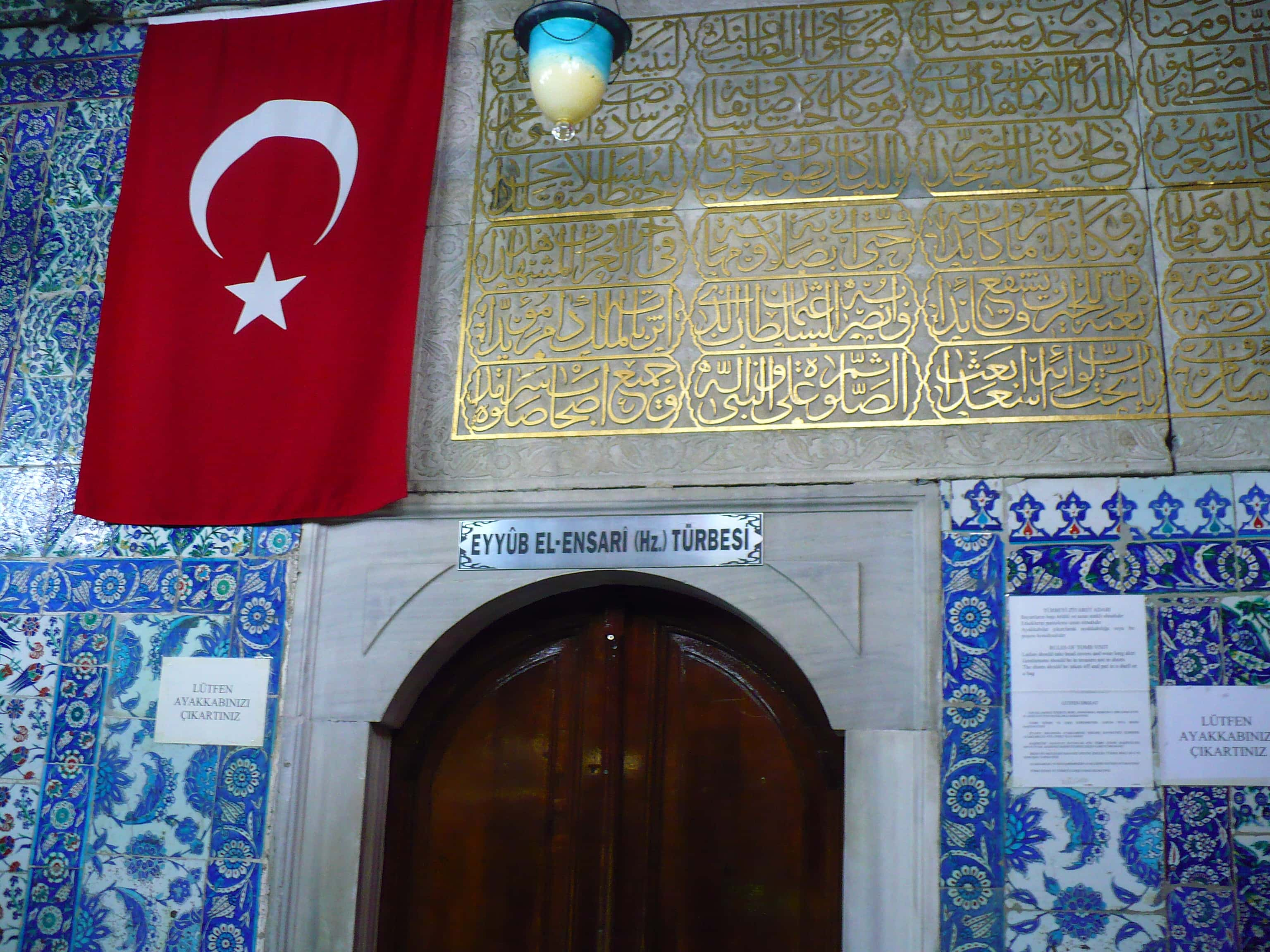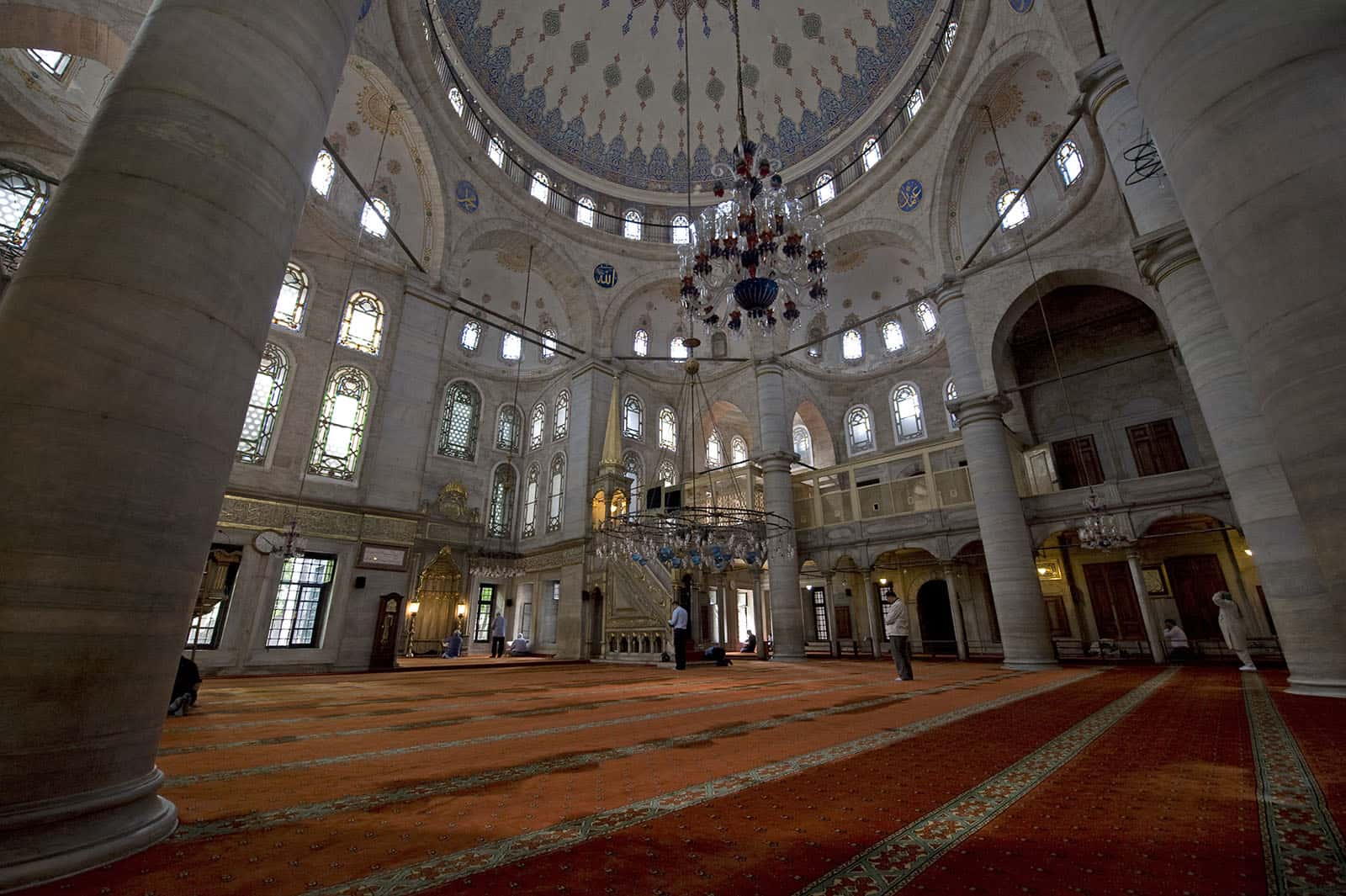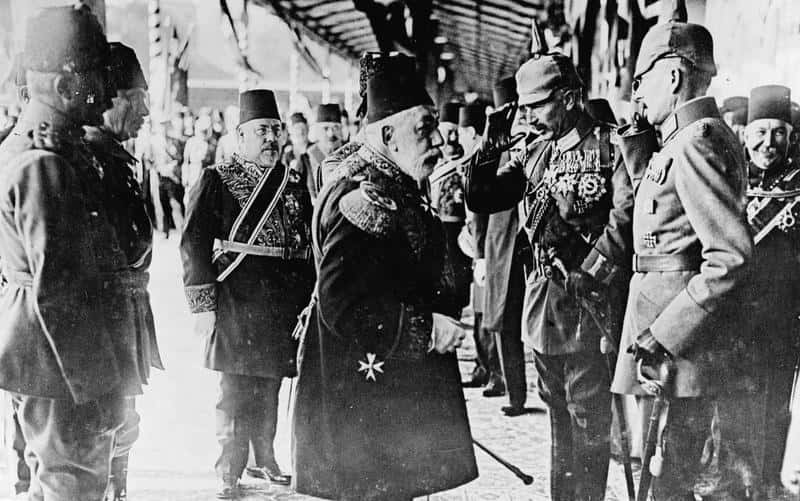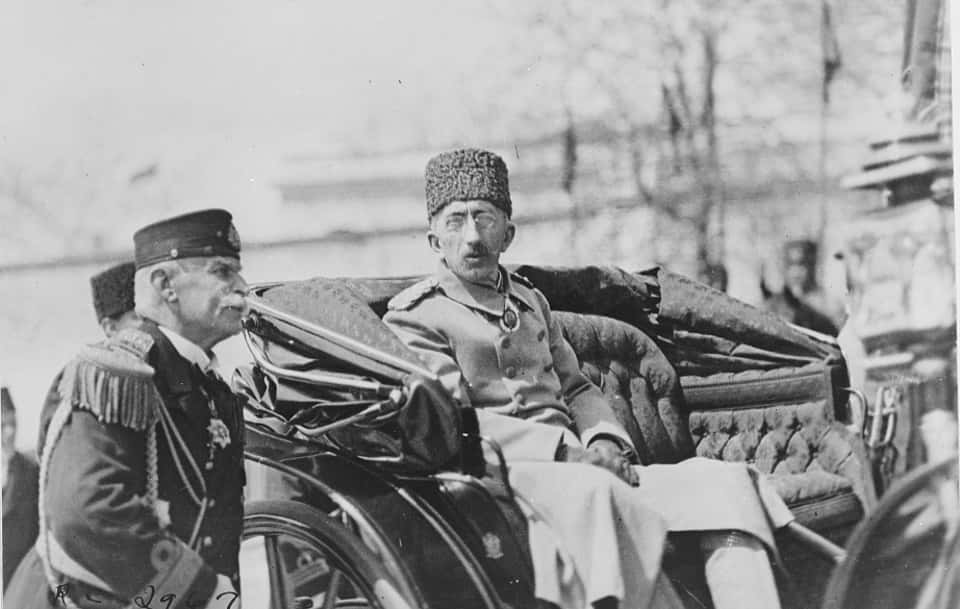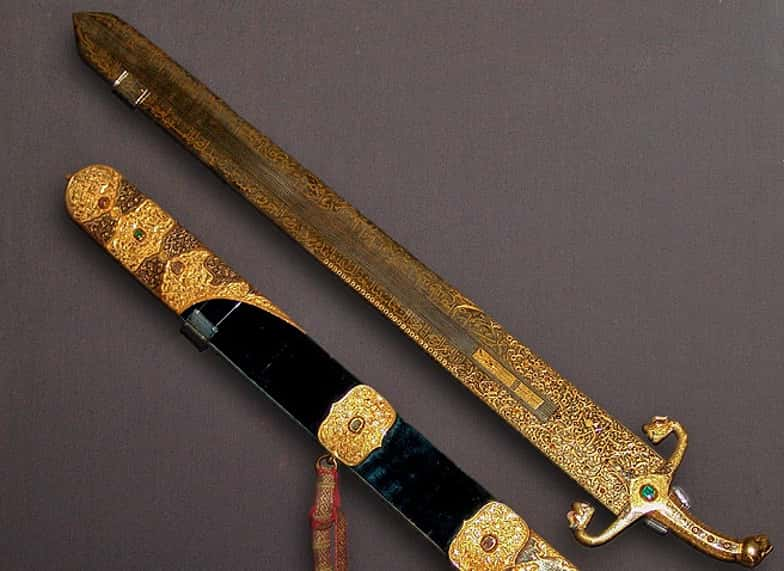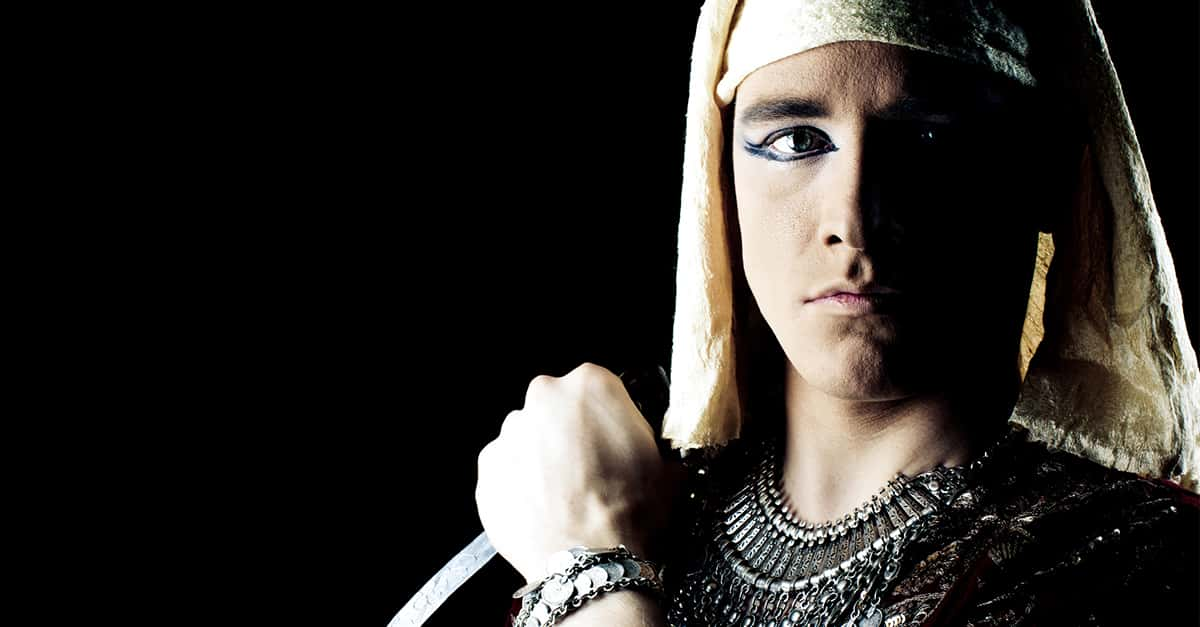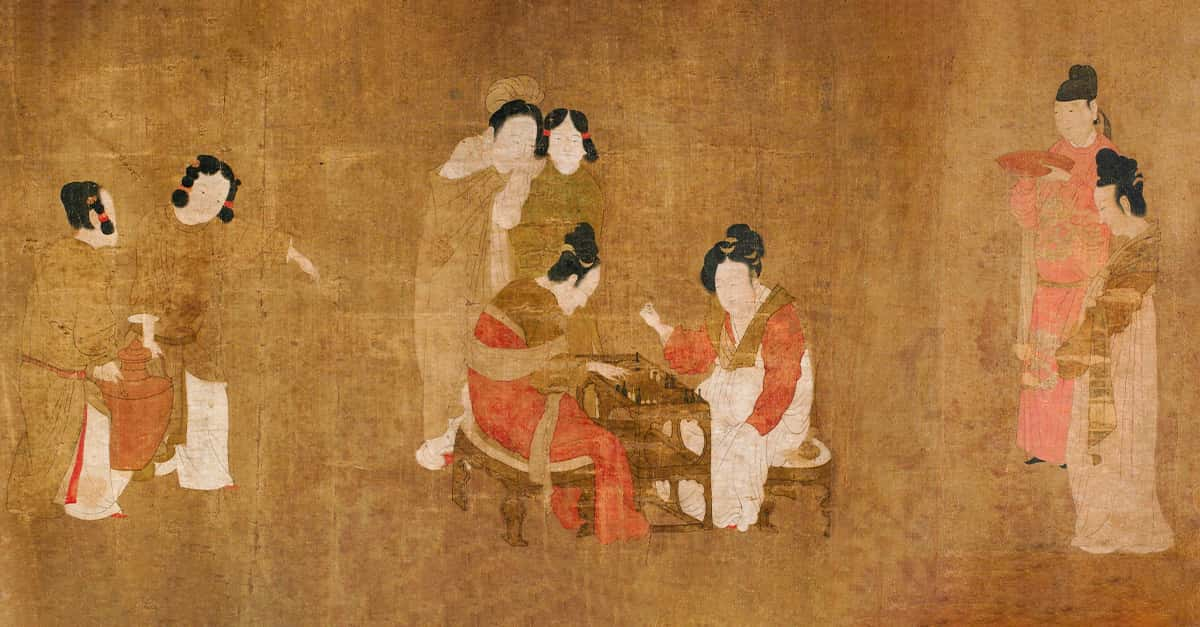Osman I stands where myth and history meet. Starting as the chief of a small city in Anatolia, the master tactician soon expanded his empire throughout western Asia; at its height, it spanned three continents. His royal descendants ruled over modern-day Turkey for nearly seven centuries, from the Middle Ages until after the First World War—but nothing was written of his life or achievements during his reign. He may be the most important historical figure we know almost nothing about. Here are 42 legendary facts about Osman I, father of the Ottoman Empire.
Osman I Facts
1. Young Turks
No one knows the precise date, but Osman I was born sometime in the 13th century CE. He may have been a member of the Kayi tribe of Oghuz Turks, who dwelt in Anatolia and who, by the 10th century, had converted to Islam.
 Resurrection: Ertugrul, Tekden Film
Resurrection: Ertugrul, Tekden Film
2. Man of Mystery
It seems that very little was written about Osman during his reign. In fact, most accounts of his life were not written until the 15th century, more than a century after his death. Not one contemporary account of his reign exists; for this reason, historians consider the reign of Osman I a “historical black hole.”
3. By Any Other Name
Osman is sometimes called Othman (an archaic spelling of the name). Furthermore, Osman is an Arabic name: he was probably known as Atman or Atouman, a more traditional Turkish variant of the moniker.
4. Rising from the Ranks
Osman is sometimes identified by the full name Osman Gazi. The name reveals something of Osman’s lineage, “gazi” being an Arabic term for a military raider. The term has been adopted in modern times by certain Jihadist groups.
5. Paint It Black
Furthermore, Osman was also given the nickname of “Kara” (meaning black) which, in the Turkish tradition, signifies a brave, heroic person. In modern day Turkey, "Kara" is, unsurprisingly, praised as being generous, fair-minded, handsome, and gifted at horsemanship, swordsmanship, and military strategy.
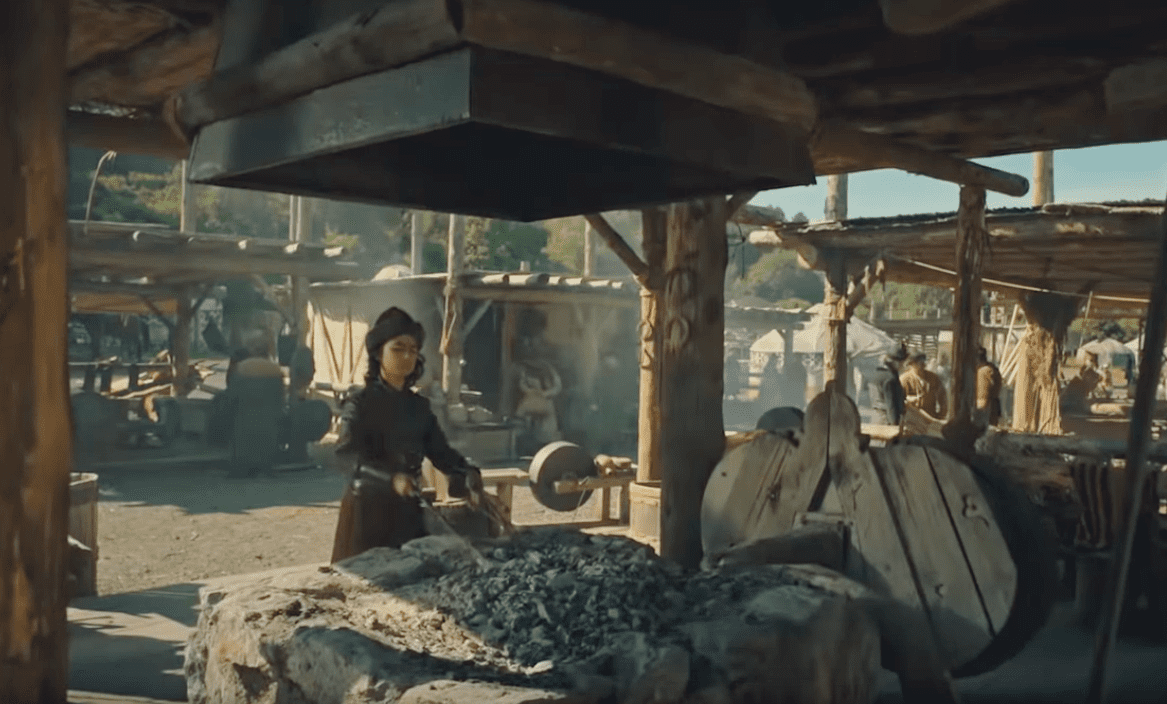 Resurrection: Ertugrul, Tekden Film
Resurrection: Ertugrul, Tekden Film
6. That’s Mint
Coins minted during the reign of Osman I identify Ertuǧrul, leader of the Kayi tribe, as his father. Ertuǧrul’s father was Suleyman Shah, likewise the leader of the Kayi, who fled Iran to escape the invading Mongol Empire. Once again, very little historical record of either Ertuǧrul or Suleyman Shah exists, and what we know was passed on through Ottoman legend.
 Resurrection: Ertugrul, Tekden Film
Resurrection: Ertugrul, Tekden Film
7. So Far, Söǧüt
According to those legends, for his service to the Seljuks of Rum, Ertuǧrul was given control of Söǧüt, a small city in the modern Turkish province of Bilecik. This was likely the birthplace of Osman I (though as with so much about him, we don't know for sure). Regardless, Söǧüt served as the first capital of the Ottoman Empire.
 Resurrection: Ertugrul, Tekden Film
Resurrection: Ertugrul, Tekden Film
8. Taking Charge
Osman inherited control of Söǧüt after his father’s death in 1280. He immediately began expanding his territory by launching military raids into neighboring cities controlled by the Byzantine Empire. He kept at it, and by 1299 he controlled something resembling an empire.
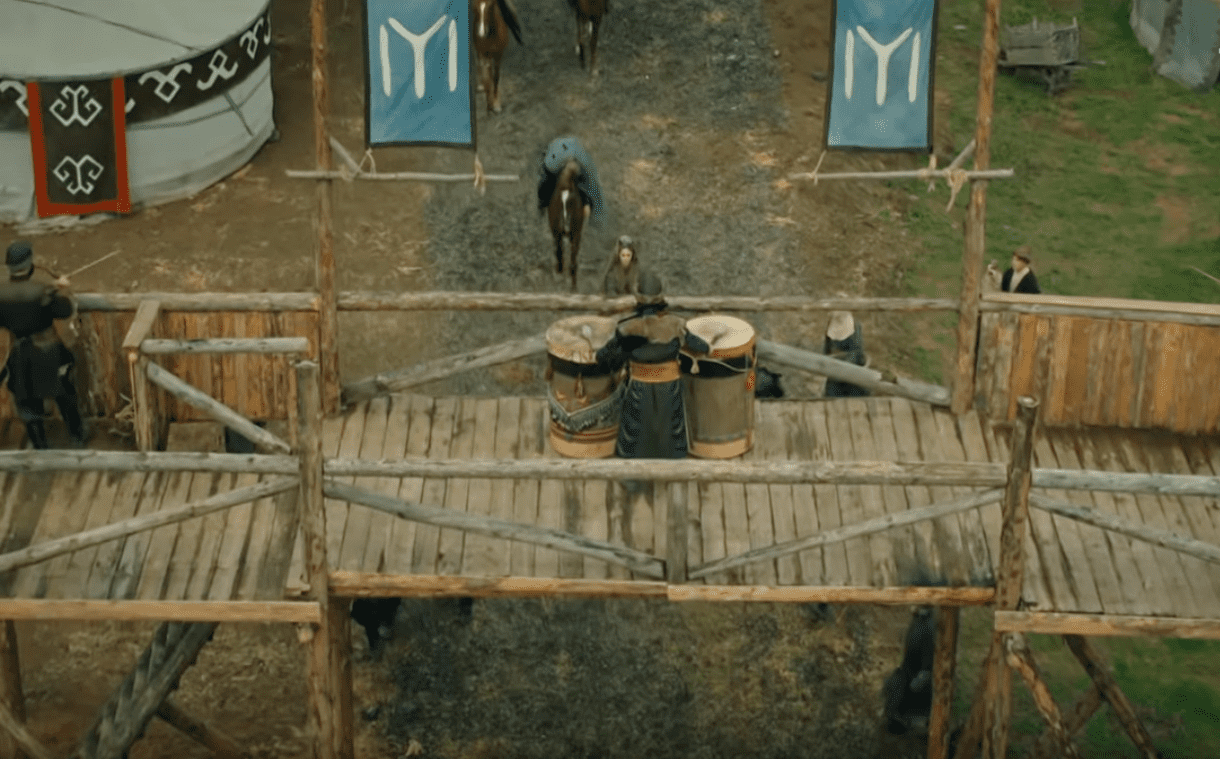 Resurrection: Ertugrul, Tekden Film
Resurrection: Ertugrul, Tekden Film
9. Roman History
In Osman’s Empire, “Ottoman” was generally reserved for soldiers and administrators who served under Osman or his successors. “Turk” referred to peasants. Most of Osman’s subjects would have continued to identify themselves as “Rumi,” or Romans, an acknowledgment of the Byzantine Empire’s continuing influence during the early years of Osman’s reign.

History's most fascinating stories and darkest secrets, delivered to your inbox daily.
10. We Come in Peace
Notably, Osman did not often attack his Turkish neighbors. Rather, these territories were absorbed gradually through marriage and land purchases. In some cases, neighboring territories willingly joined Osman’s thriving empire.
 Resurrection: Ertugrul, Tekden Film
Resurrection: Ertugrul, Tekden Film
11. Ghaza Stripped
In the absence of any reliable contemporary sources describing how Osman unified his empire, 20th-century historians endorsed something called the Ghaza Thesis. The Ghaza Thesis posited that Osman was able to rally his neighbors to the cause of an Islamic holy war. However, the thesis has been largely discredited in recognition of the Ottoman Empire’s religious tolerance and syncretism.
 Resurrection: Ertugrul, Tekden Film
Resurrection: Ertugrul, Tekden Film
12. Your Guess is as Good as Mine
Though the Ghaza Thesis has been discredited, historians have struggled to offer a better explanation of the Osman’s early success. At least one has suggested that Osman’s original army was not Muslim at all, but Pagan, and succeeded through uniting nomadic, pastoral tribes by bounds of lifestyle rather than religion. This, too, has generally failed to satisfy historians.
The origin of the Ottoman Empire, it would seem, does not have a single, simple explanation.
13. Coasting to Victory
Osman earned his first major success in 1302, against a Byzantine force sent to quash his expansion. Osman led a force of 5,000 men to meet the Byzantines at the Plain of Bapheus on the outskirts of the Byzantine Empire. The Byzantine forces were vastly outnumbered, and they were soundly beaten. This marked a turning point in the Empire, as Christians began retreating from Anatolia and settling in the West, eventually setting the stage for the Ottoman domination of the region.
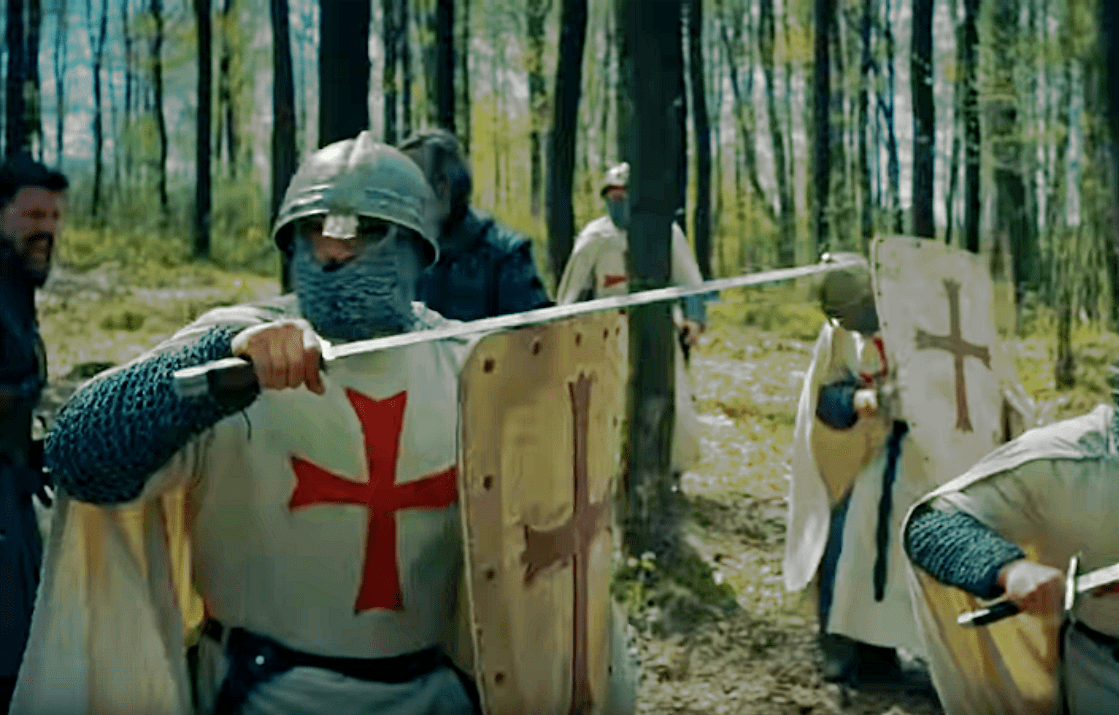 Resurrection: Ertugrul, Tekden Film
Resurrection: Ertugrul, Tekden Film
14. The General
Despite being brought up in a tradition of guerilla-style raids, Osman was a strong military tactician, and his strategies proved influential for modern armies. He relied heavily on scouts and on the advice of veteran generals, carefully rationed food and supplies, and even sent engineers to repair or build roads and bridges in advance of his raids.
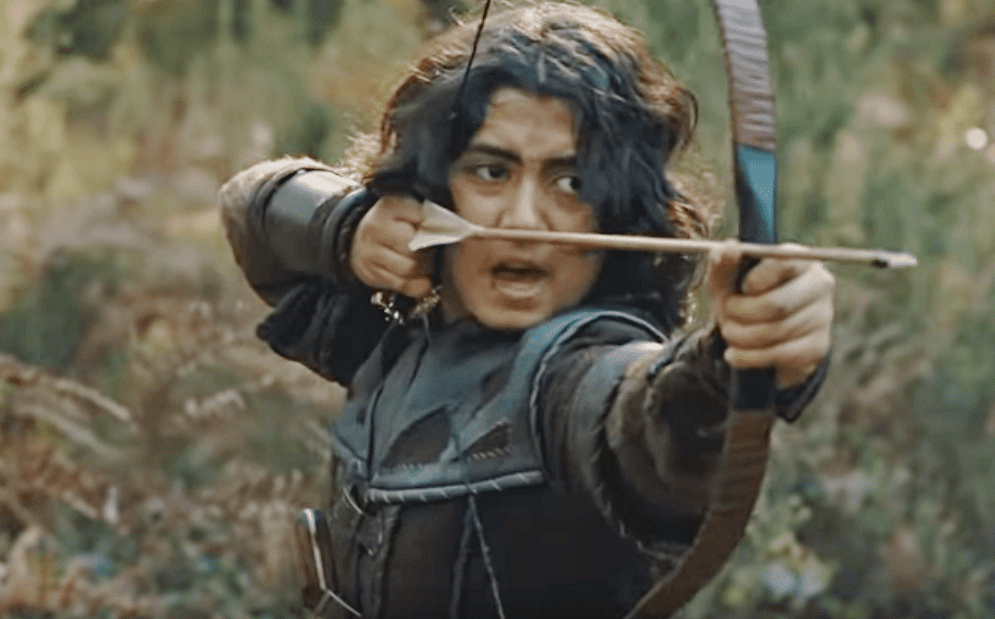 Resurrection: Ertugrul, Tekden Film
Resurrection: Ertugrul, Tekden Film
15. Keep Your Friends Köse
Among Osman’s loyal followers was a man named Köse Mihal. Though a Greek Christian (his original name was Michael Cosses), Köse Mihal rebelled against the Byzantine Empire. He allied himself with the upstart Osman and became one of the sultan’s most valuable diplomats. He later converted to Islam, though most accounts agree that Köse Mihal’s conversion was voluntary and had nothing to do with his allegiance to Osman.
16. All Faiths Welcome
While Osman and his empire were nominally Muslim, they maintained support among the empire’s diverse population by remaining tolerant of local customs and religious beliefs. Orthodox Christians, being at odds with the western Catholic community, were especially welcome. So were ascetic dervishes, whose ability to temper relations between Christian and Muslim subjects often found them in important military positions.
17. Spiritual Advisor
One such dervish, Sheikh Edebali, was especially close to Osman. He had been an advisor and close friend of Osman’s father. Later, Osman would marry Sheikh Edebali’s daughter, Rabia Bala Hatun.
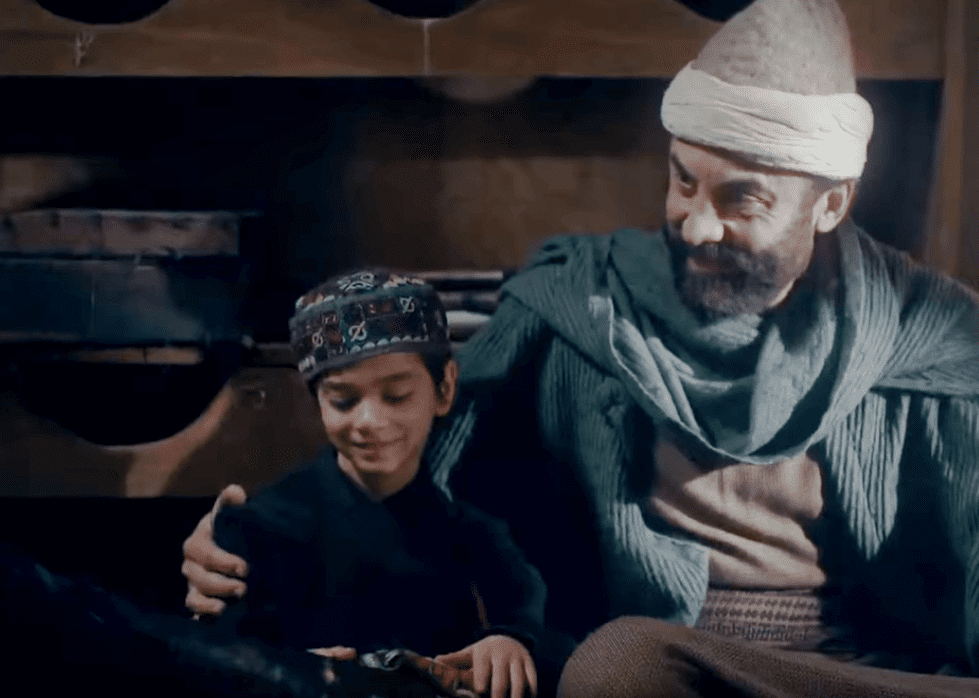 Resurrection: Ertugrul, Tekden Film
Resurrection: Ertugrul, Tekden Film
18. I Have a Dream
Sheikh Edebali figures prominently in an important story told about Osman. In the legend, Osman falls helplessly in love with a young woman, Sheikh Edebali’s daughter. Sheikh Edebali denies Osman’s request for her hand, and Osman seeks out his friends for sympathy. Unfortunately for Osman, his descriptions of the daughter’s beauty draw the attention of his friend, the chief of Eskişehir, and the two become rivals for the daughter’s affections.
19. Bedtime Story
After defeating his rival in a battle, and meeting his friend, Köse Mihal, Osman continues to pine over Sheikh Edebali’s daughter for two whole years. He returns to Sheik Edebali’s house and is given lodgings for the night. When Osman arrives at his room, he discovers a Quran hanging on the wall. It would be improper for him, as a guest, to move it, but he does not want to sleep in the presence of the Quran, so he tries to stay up all night.
Osman inevitably falls asleep, however, and during the night, he has a dream.
20. A Tree Grows in Osman
In Osman’s dream, a moon springs from Sheikh Edebali’s chest and into his own. A tree then grows from Osman’s chest and spreads over four mountains. From the roots of the tree spring four rivers. The rivers, in turn, give way to fields, and buildings, and cities. A crescent rises and the leaves of the tree point toward Constantinople.
When Osman tells Sheikh Edebali about the dream, the dervish interprets it as a sign that Osman would achieve great glory and fame in the name of Islam, and allows Osman to marry his daughter.
21. Ottoman Origins
The story of Osman’s dream was first recorded more than 100 years after his death and likely has little basis in reality. Nonetheless, it exemplifies the romantic stories Ottoman poets concocted about him, and served as an important part of the Ottoman Empire’s foundational myth.
22. Mistaken Identity
In the story of Osman’s dream, his love interest, the daughter of Sheikh Edebali, is often incorrectly identified as Malhun Hatun. While Osman was married to Edebali's daughter, Rabia Bala Hatun, he actually had two wives. Malhun Hatun, the mother of his son and successor, was unrelated to Edebali.
23. Til Death Do Us Part
Rabia Bala Hatun passed away in 1324. Instead of being buried alongside her husband, she was interred in the tomb of her father.
24. The First Wife
Osman married Rabia Bala Hatun in 1289. Prior to that, he had married Malhun Hatun. Although some stories identify Malhun Hatun as another daughter of Sheikh Edebali, there is evidence to suggest she was the daughter of a local chieftain named Ömer Bey.
25. Turkish Heir-lines
Malhun Hatun bore at least one son to Osman. Orhan inherited the throne of the Ottoman Empire after Osman’s passing in 1323. Orhan was the first of the line to officially take the title of Sultan.
26. A Grand Title
Osman also had a son by Rabia Bala Hatun, named Alaedinn Pasha. In 1320, Osman named Alaedinn Pasha to the highest administrative office, that of Grand Vizier. Alaedinn would continue to serve in the role after Orhan ascended to the throne.
27. The City of Brotherly Love
It is not clear whether Orhan or Alaedinn was the eldest of Osman’s sons. It seems that, whatever the case, Alaedinn graciously accepted the role of Grand Vizier, and supported his brother’s ascension to the throne. Alaedinn remained an advisor to Orhan, and for his loyalty, was granted control over the city of Fodrā.
28. A Tomb for Two
Orhan and Alaedinn remained close throughout their lives. Alaedinn is, in fact, buried in Orhan’s tomb at Bursa.
29. And the Rest…
In addition to Orhan and Alaedinn, Osman had four more sons and one daughter. Whether each of them was mothered by Malhun Hatun or Rabia Bala Hatun is unknown. The details of their lives have been lost to history, but all were buried at Söǧüt.
30. What the Locals Call It
The term “Ottoman Empire” derives from an Anglicisation of Osman’s name. The empire’s name in contemporary Turkish was Devlet-I ‘Alīye ‘Osmānīye.
31. King of the Castle
Osman scored his final military victory in 1326, when his army seized the city of Bursa. The Ottomans took advantage of a divided Byzantine army, who were preoccupied with a civil war, but their inexperience with sieges meant it took the Ottomans the better part of a decade to gain the victory.
32. The Big Break
Bursa was, like the Battle of Bapheus, a formative victory for the Ottoman Empire. Not only had the Ottomans proven they could seize and hold large cities, it gave them a stronghold from which they could spread the empire toward Constantinople. Upon gaining the throne, Orhan moved the capital of the empire from Söǧüt to Bursa.
33. Final Words
By the time Bursa had finally fallen, Osman was too old and infirm to participate in the battle. He was on his deathbed at the time, and had written his will, requesting to be buried “beneath the silver dome at Bursa.” In some stories, the last thing Osman heard before dying was news of the victory.
34. Reverse Alchemy
It’s worth pointing out that the “silver dome” of Bursa which Osman longed to see was not silver at all. The roof of the monastery at Bursa had recently been covered with lead. From Osman’s vantage point, far from the battle, the gleam of new lead would have been indistinguishable from silver.
35. Razed from the Dead
In 1801, a fire raged through Bursa, damaging Osman’s tomb and exposing his casket. The tombs of Osman and Orhan were destroyed entirely in 1855, when an earthquake leveled the city. The tombs were quickly rebuilt in a modern Ottoman style, quite unlike their original Byzantine design.
36. Sword and Shield
Sheikh Edebali was also responsible for the creation of an important ritual for Osman and for all successive sultans. Two weeks after Osman ascended to the throne, Sheikh Edebali girt him with a sword at the tomb of Abu Ayyub al-Ansari, a companion of Muhammad. The ritual symbolically linked the reign of Osman to the very roots of Islam and positioned Osman as a defender of the Islamic faith.
37. Live by the Sword
The girding ceremony, which originated with Osman, was followed by each successive Sultan of the Ottoman Empire until 1918. It was held at the Eyüp mosque in Constantinople and conducted by the Sharif of Konya.
38. A Nondenominational Ceremony
Until 1909, non-Muslims were forbidden from entering the Eyüp mosque and witnessing the girding ceremony. This restriction was lifted by Mehmed V as a sign of goodwill to non-Muslim citizens of the Ottoman Empire.
39. Caught on Camera
The final girding ceremony, that of Mehmed VI, was filmed.
40. Family Heirloom
All successive sultans were girt with the same ceremonial sword, that which had belonged to Osman himself and had been girded to him by Sheikh Edelbali. The sword survives today and is on display in the Topkapı Museum in Istanbul.
41. Last in Line
Osman’s descendants ruled over the Empire until its abolition in 1923 and the creation of the Turkish state. Forced into exile, the family adopted the surname Osmanoǧlu, basically “Osmanson.” The current head of the family, the man who would have inherited the throne had the empire not been dissolved, is Dündar Ali Osmanoǧlu. Osmanoǧlu, who would have been the 45th Ottoman sultan, had lived in Syria, but relocated to Turkey during the Syrian Civil War.
42. Character Assassination
Osman’s rise to power was not without conflict. In one story, Osman’s plan to attack the Byzantine leaders in the city of Bilecik was opposed by his uncle, Dündar. Seeing this as a challenge to his authority, Osman ruthlessly killed his dear old uncle. Whether true or not, the story was scrubbed from many later biographies.
 Resurrection: Ertugrul, Tekden Film
Resurrection: Ertugrul, Tekden Film
Sources: 1, 2, 3, 4, 5, 6, 7, 8, 9, 10, 11, 12, 13, 14, 15, 16, 17, 18, 19, 20, 21, 22, 23

